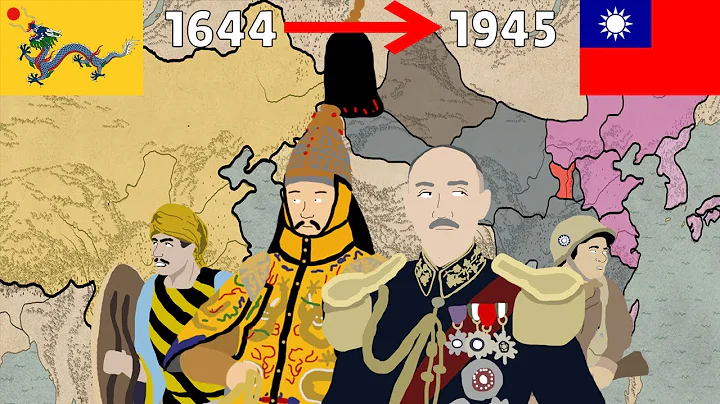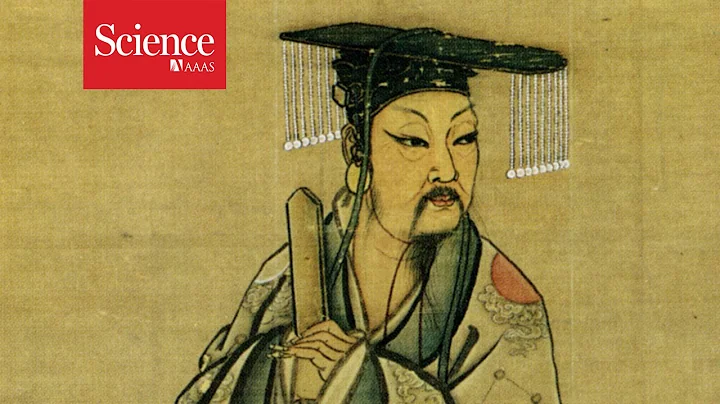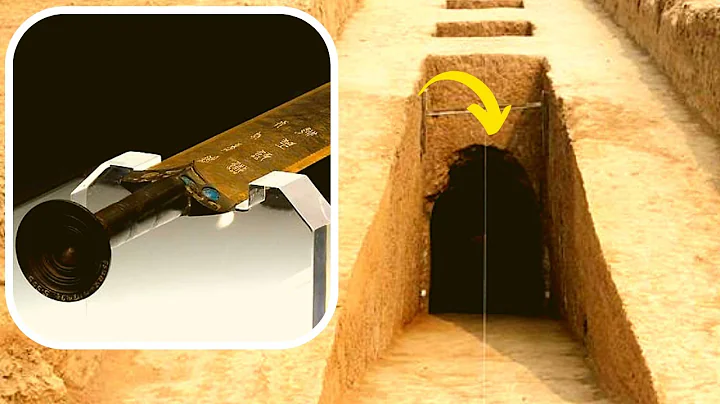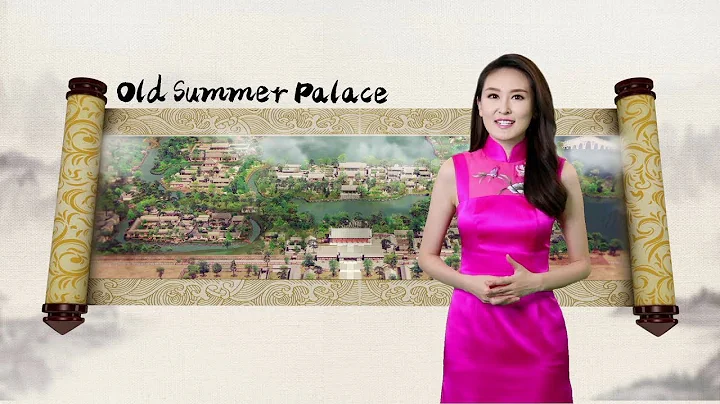Suzhou Code: Witnessing the 100-year history of Beijing-Zhangjiakou Railway

Stone Stele

Suzhou Code
Zhangjiakou Evening News reporter Bai Xuan There is a stone monument stored in the Lower Garden Love Road and Road Protection Education Base. In fact, we often see this kind of stone tablet beside the railway track. The number of kilometers of this location is usually marked on it. There is nothing special about it. But if you take a closer look, you'll find something strange. Although after nearly a hundred years of rain and wind, the words on the stele have been severely weathered and damaged, but if you look carefully, they are one vertical, one vertical, three horizontal, and next to it looks like the Chinese character "文". This is neither English nor English. Arabic numerals are not entirely Chinese. Why is there such an unreadable symbol on this ordinary stone tablet? What does this mysterious symbol mean? Why does it appear on the Beijing-Zhangjiakou Railway Line again?
According to Yang Hongchun, the person in charge of the Xiayuan Garden Love Road Protection Education Base, it turns out that this symbol is called Suzhou Code, also known as Cao Code, Hua Code, Fanzi Code, and Shang Code. It is a "commercial number" among the early Chinese folk. It was born out of the Chinese cultural history, and it is also the only and system that is still in use. When we watch TV series and movies, we often see such scenes. In the army of the Beiyang Government, the soldiers' right collar badges have a combination of Arabic numerals and Roman numerals, and the Suzhou code is marked on the left collar badge. It is said that it originated in Suzhou more than 800 years ago. Nowadays, it can still be seen occasionally in street markets, old-style tea restaurants and Chinese medicine pharmacies in Hong Kong and Macao.
This stone monument hidden in the Ailu Road Protection Education Base in Xiahuayuan District was abandoned during the reconstruction of the high-speed railway Zhangjiakou South Station in 2017. This stone monument was constructed during the reconstruction of the Zhangjiakou South Station in 2017. The team pushed it down, and after receiving the news, the Xiayuan District Road Protection Office rushed to the construction site and transported it back to xiahuayuan after many twists and turns. The Suzhou code symbols above correspond to the Arabic numerals, which are 1, 8 and 9, which also represent the milestone of 189 kilometers, the 189th kilometer. So why does this Suzhou code appear on the stone monument of the Beijing-Zhangjiakou Railway? Other railways built in China during the same period did not use Suzhou codes on the stone monuments along the lines. It turns out that the application of traditional Chinese numbers like Suzhou Mazi to the Beijing-Zhangjiakou Railway exactly reflects the government-run nature of the Beijing-Zhangjiakou Railway and has distinctive characteristics of the times. At that time, the construction of the Beijing-Zhangjiakou Railway relied entirely on the Chinese people's own strength. Not only did they use China's own engineers, but the numbers also used China's own counting methods. The Suzhou code on the milestone is proof of the achievements of the first generation of Chinese railway workers. According to the "Summary of Beijing-Suiyuan Railway Regulations", the Beijing-Suiyuan Railway Administration issued the No. 3 Instruction on January 7, 1988: "The 14th Resolution of the Sixth Intermodal Transport Conference of State-owned Railways adopted the metric ton-kilometer system. January 1, the 10th year of the Republic of China was the date for the change. "The Beijing-Zhangjiakou Railway began to use "kilometer" as the mileage unit, and the mileage signs along the line were rearranged. In order to save costs, there were no new signs when the kilometer markers were rearranged. Instead, old objects were fully utilized and the original Qing-made Huali milestones were re-buried at integer kilometers of the railway. Only then did the "kilometer" written in Suzhou code appear. mark". After the founding of the People's Republic of China, Suzhou codes were discontinued, and signs along the Beijing-Zhangjiakou Railway used Arabic numerals uniformly.
More than a hundred years ago, the Beijing-Zhangjiakou Railway, China’s first mainline railway explored and designed by the Chinese people, was completed and opened to traffic; more than a hundred years later, the Beijing-Zhangjiakou High-speed Railway, the world’s first intelligent high-speed railway line, was completed Start operation. And this stone tablet marked with the Suzhou code has also become a historical witness of Beijing and Zhangjiakou for a century, writing the legend of self-improvement and struggle of China's railways and even the entire Chinese nation.





















